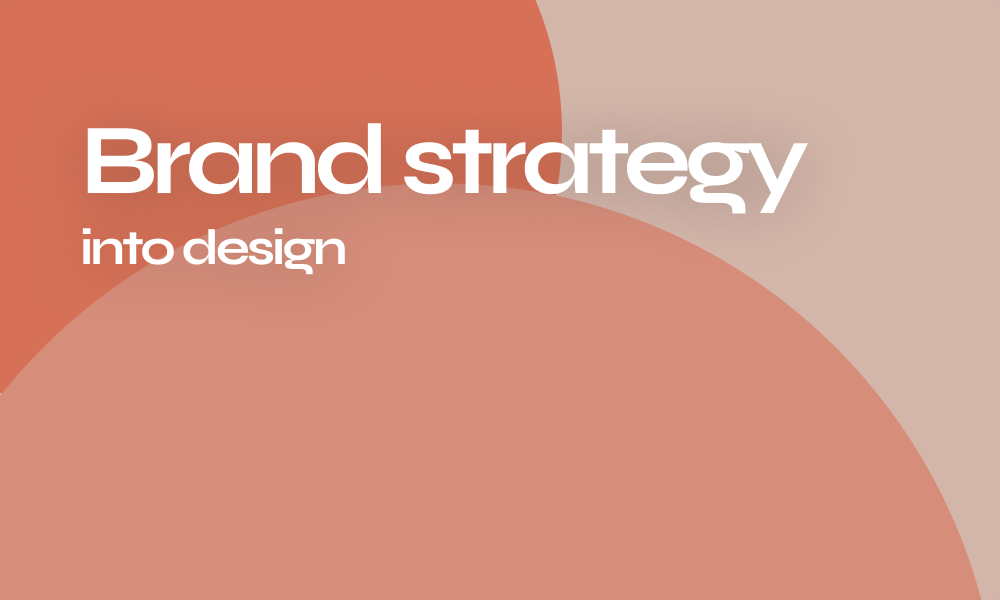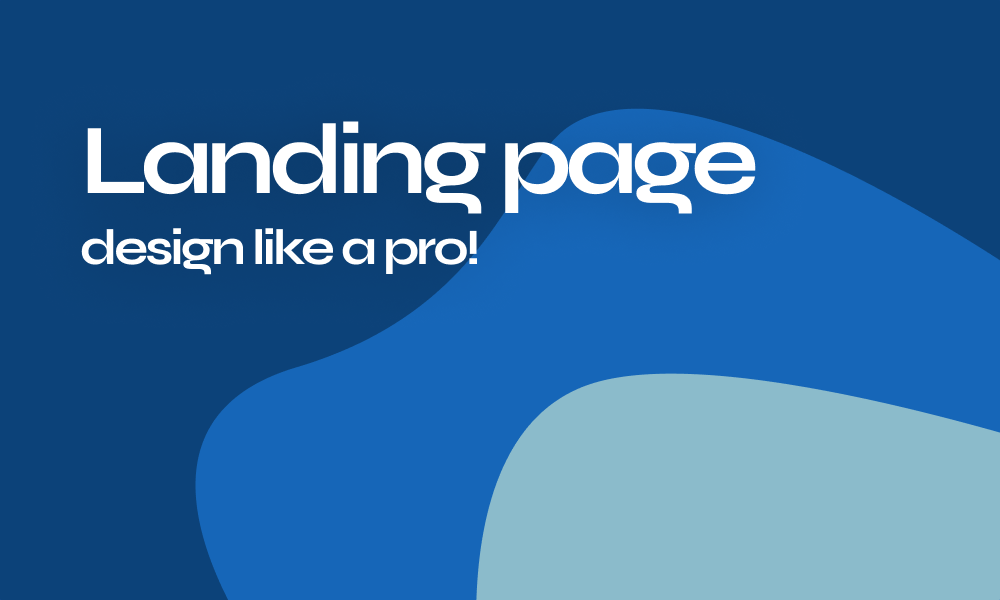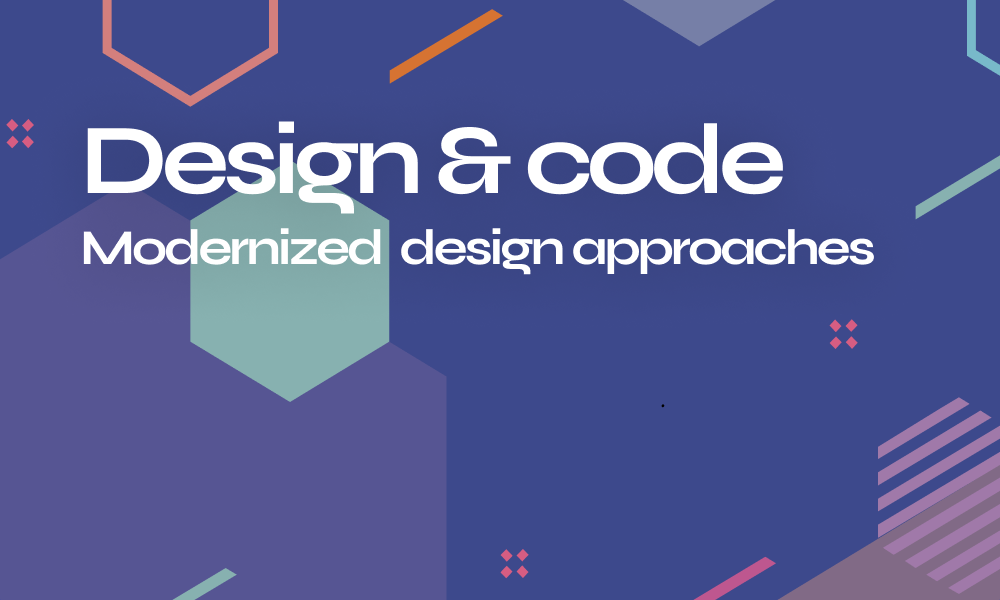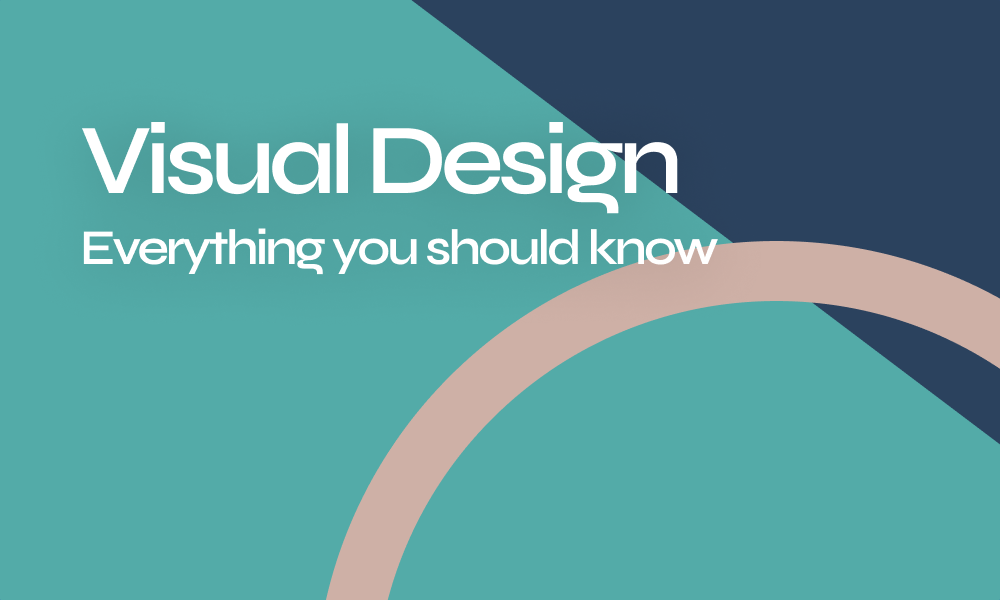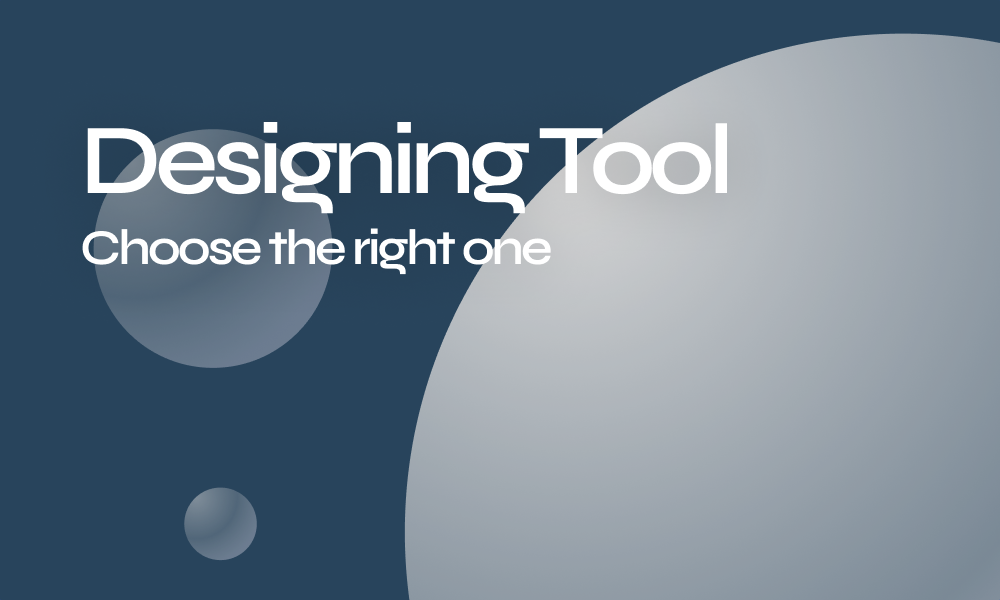
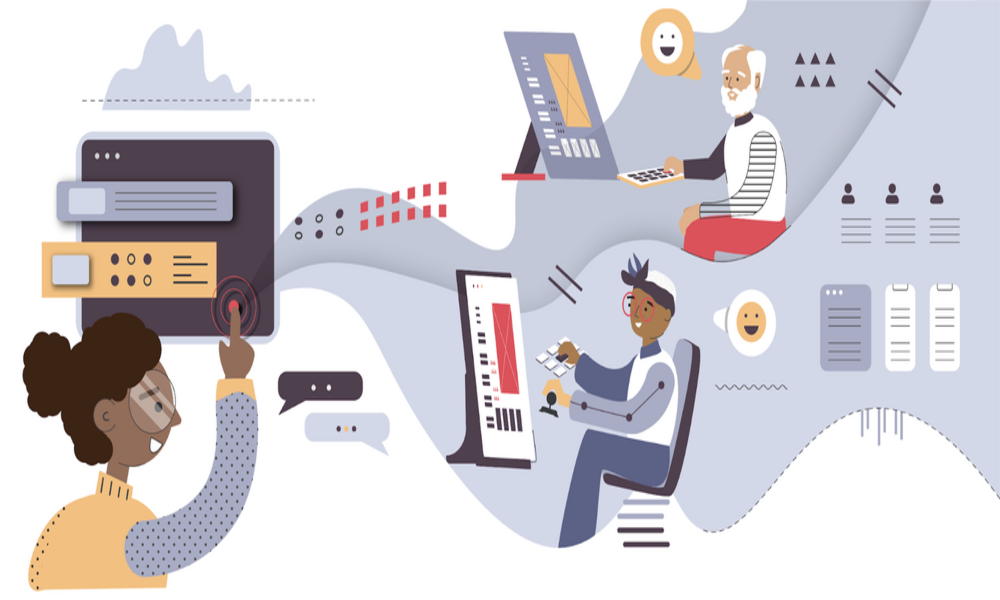
When an organization decides to adopt a design system they are approaching a modeled progression in their work and certainly expecting a major positive impact to be fulfilled. Well, Design systems were made to be nothing less than impactful on adaptive organizations and end-users.
Before we dig into impacts let’s define who can adopt design systems within their work strategy in the first place.
Who needs design systems?
Design systems are made to fulfill business strategy needs and create coherence between designer teams and development for :
- Companies building IT projects
- Design teams and developers trying to coordinate
- Freelancer teams
- End users
General goals behind adopting a design system
Generally speaking, organizations and users who aim to incorporate design systems within their business strategy are looking to set for the higher aim of showing the value of work and advocate for design teams and developers co-working together to achieve business goals and solve higher-value problems.
The impact of design systems on adopters
Adopting a design system can take your work to clouds and heaven! its impact is huge on achieving business goals and solving pervasive work problems that in small startups as well as larger corporations
Here are some impacts of design systems on the adopters generally and particularly:
- Provides a single source and user-friendly dashboard for building user interfaces
- Creates a genius collaboration and synchronization space between designers themselves and designers & developers
- Ameliorates the workflow ad makes it shareable and more detailed.
- Reduces costs and Saves time
- Maintains consistency and ease of accessibility that drives user satisfaction
- Builds brand through maintaining consistent branded products
- Reduces bugs
- Provides end-users with a more consistent, predictable trustworthy, and accessible experience
How do you measure this impact?
Measuring the impact of a Design System comes in surveying end-users or internal teams and notice the change in the entire working mindset.
End-user impact
For sure surveys will come with higher ratings, positive feedback about the improved experience, approval & likes of the new workflow, and increased trust of the product.
Workflow impact
You and your team can evaluate your own workflow: The efficiency of your component library and robust documentation, the better understanding of which projects needed cleanup work, which projects may need new components, and a general snapshot of design adoption.
Team impact
A noticeable improvement in communication and knowledge sharing will be there as you build with a group effort. The cross-functional team collaboration aimed by design systems can help bridge communication and create shared product knowledge.
Business impact
Measuring the overall impact on your business comes in recapitulating cost and time-saving. Instead of building components from scratch, your designer can do the work smarter, faster, and way better!

